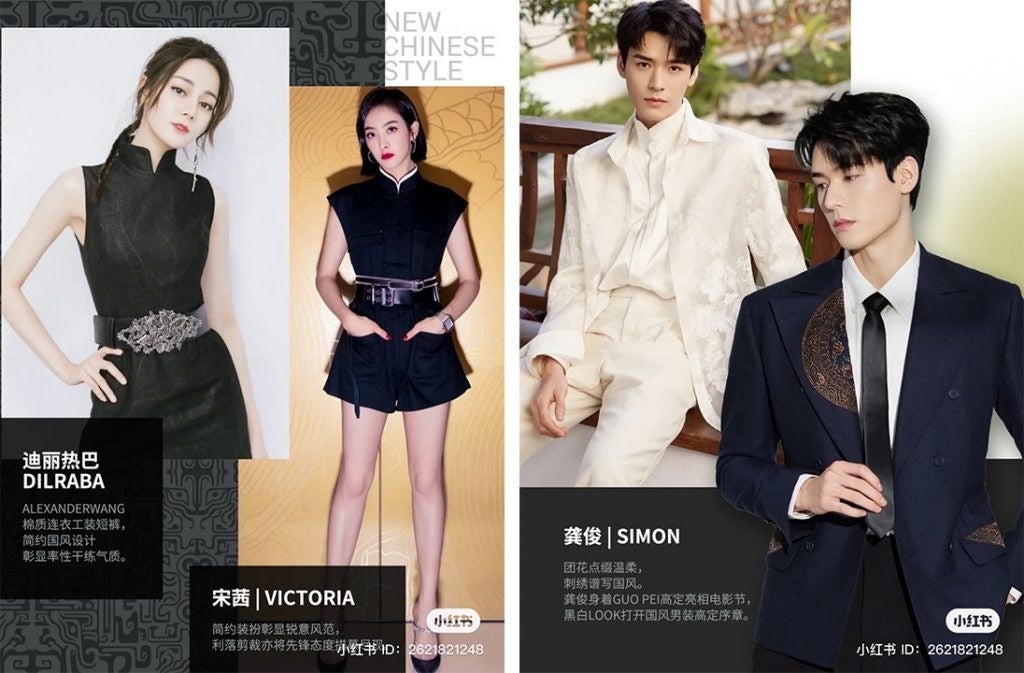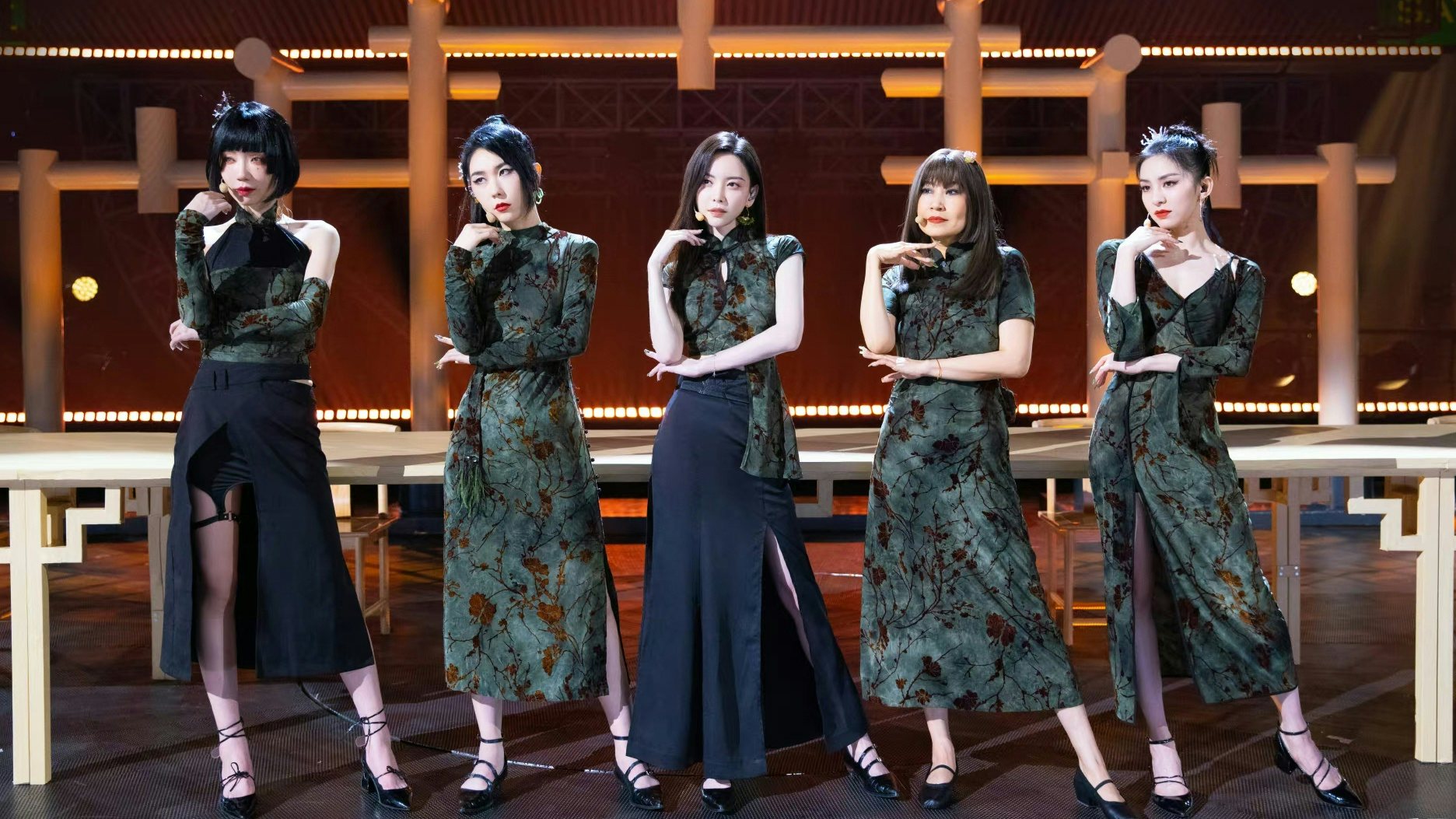What happened
This isn’t your grandparent’s closet: once considered to be garments worn by older generations or reserved for special occasions, Tang suits and qipaos are having their moment. Young local fashionistas are taking these traditional pieces and combining them with modern clothing such as fishnet tights and combat boots to create a new style dubbed “neo-Chinese fashion” (新中式穿搭). Unlike hanfu, this hybrid aesthetic drops the formality for a casual, contemporary vibe.
Although not a new phenomenon, searches for “New Chinese Style” have recently increased, up a staggering 15,945 percent on Xiaohongshu as of June 2022 compared to the previous six months. This has translated to sales: a recently released Tmall report found that over the past three years, the growth in gross merchandise value (GMV) of related apparel products has exceeded 100 percent. After the report’s publication, the hashtag “Why has neo-Chinese style gone viral?” started trending on Weibo, raking in over 230 million views.

The Jing Take
So why has neo-Chinese style become so popular now? Driven largely by Gen Z and millennial consumers (ages 18 to 34), this fashion trend speaks to the staying power of guochao. As young people continue to develop a strong sense of national pride, they’re incorporating traditional culture back into their daily lives — in this case, mixing-and-matching Chinese clothing elements like frog buttons and Mandarin collars with western ready-to-wear.
The aesthetic has also received a boost from domestic media. In the latest season of Sisters Who Make Waves, contestant Yu Wenwen attracted netizen attention with her qipao-and-skirt ensemble. And celebrities like Song Zu’er, Victoria Song, and Gong Jun have all been spotted putting their own spin on traditional Chinese wear. Period dramas like A Dream of Splendor have similarly led to increased searches for hanfu and modern styling hacks.

Typically, international luxury brands will create China-specific designs for special collections, like Chinese New Year or Valentine’s Day. Adding more culturally-inspired clothing to their regular collections could be the next step in localization; after all, “today’s Chinese consumers like [products] with a ‘Chinese feel,’” stated Adidas CEO Kasper Rorsted on where the company had gone wrong in the market. Offering guides on how to blend luxury pieces with the country’s traditional wear is another option.
But before global houses jump on the bandwagon, they should be careful about crediting the culture. As Weibo blogger @传播小王子 pointed out, “recently some luxury clothing in the West has been constantly borrowing and appropriating Chinese traditional cultural elements, which also sounded the alarm for us: China’s excellent traditional culture needs to be protected, inherited, developed, and continued by ourselves.” As neo-Chinese style appears here to stay, labels should be careful not to cross into the territory of cultural appropriation.
The Jing Take reports on a piece of the leading news and presents our editorial team’s analysis of the key implications for the luxury industry. In the recurring column, we analyze everything from product drops and mergers to heated debate sprouting on Chinese social media.

